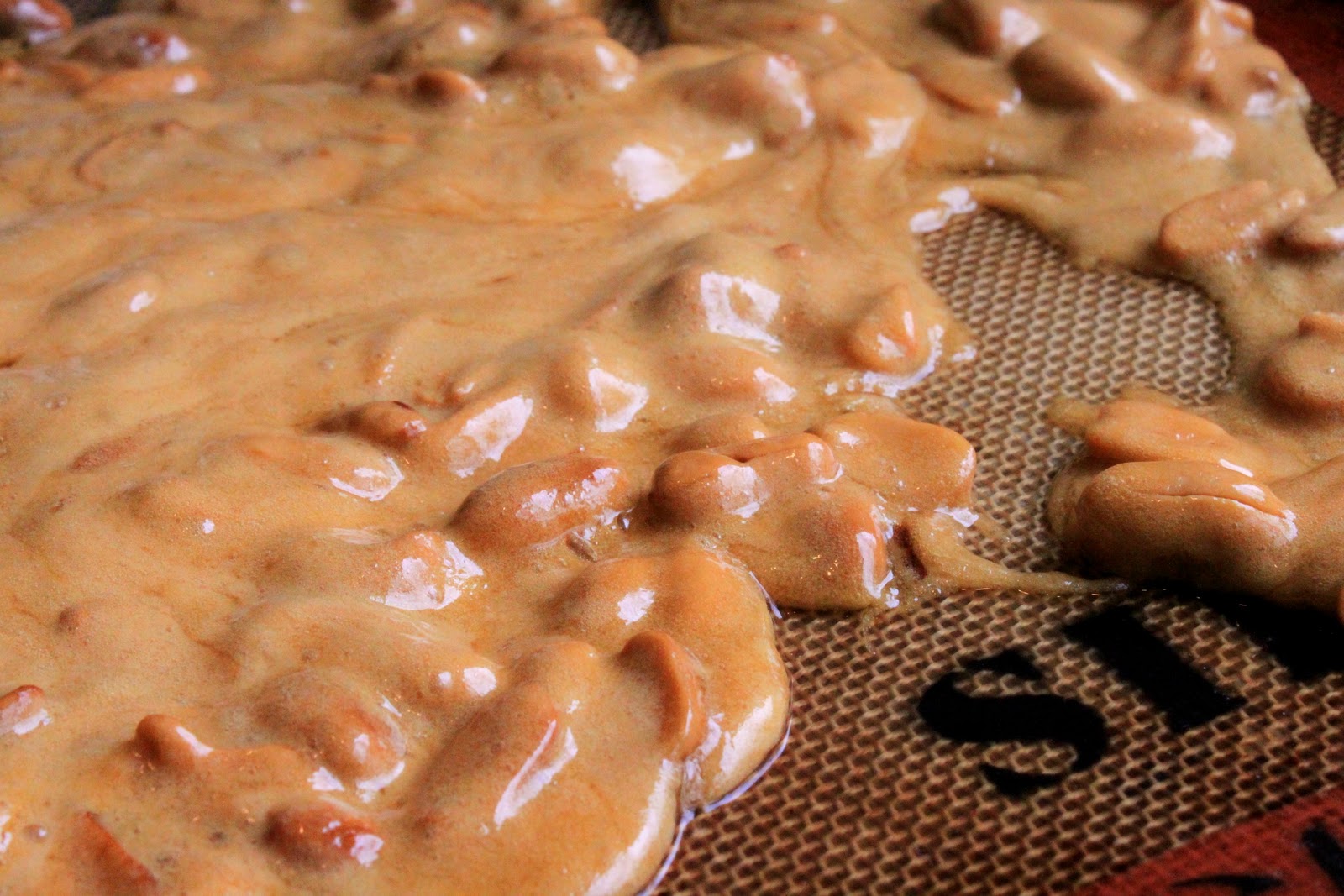
It’s nice to have a candy “doneness” detection method that doesn’t rely on an external piece of equipment (especially if you’re working at high altitudes), and drizzling hot, boiling syrup into cold water can help you conquer any fears you have around working with hot boiling syrup. You can detect these stages with a thermometer, but I recommend familiarising yourself with the cold water test (which is literally performed by drizzling a little syrup into cold - but not ice-cold - water). (See? It’s all starting to make sense already.) A candy with a lot of water and low sugar concentration will be soft and malleable (or liquid!), and a candy with little water and a high sugar concentration with be hard and brittle. When you boil sugar syrup, you’re driving off water and increasing the concentration of sugar. If you’re not familiar with the various stages of candy making (or the cold water test), I’ve got great news: Making peanut brittle is an excellent way to familiarise yourself with all that, as you’ll be aiming for the very last stage of the candy-making journey.
#PEANUT BRITTLE RECIPE CRACK#
Keep cooking and stirring until you reach the “hard crack stage” (around 150☌), then stir in butter and baking soda to give the brittle its lightly aerated texture.
#PEANUT BRITTLE RECIPE HOW TO#
What I do have are some suggestions on how to use peanut brittle to pump yourself up and get excited about candy making, as well as some tips on how to nail your very first batch.Īll brittle recipes pretty much follow the same format: Boil sugar, corn syrup, water, and salt together until the solutes dissolve, then add some peanuts. I use this one from Allrecipes, and it is perfect. I do not have an original recipe for you. The ingredients are cheap, the recipes are short, and the procedure gets one used to working with a pot of molten sugar syrup. Peanut brittle is the perfect candy for anyone looking to build their candy-making confidence. Haystacks, cheater’s fudge, lazy caramels, and gin balls are a few of my favourites treats to make, eat, and give, but this year I’m adding peanut brittle to my repertoire (and to my gift boxes). If you’re truly a peanut brittle fanatic, mark your calendar for January 26, which is National Peanut Brittle Day.When it comes to candy making, I tend to favour confections that can be made without a candy thermometer, and ideally in the microwave. It’s known as pasteli in Greece, croquant in France and gachak or chikki in India. While the peanut version is most popular in North American, the combination of sweet candy and salty nuts is enjoyed around the world. Whether or not you believe this story, you’ll have to admit that, accident or not, brittle is a delicious confection. Instead of stringy, chewy taffy, she ended up with crunchy, nutty brittle, and she decided to replicate her “mistake” as her own version of a peanut brittle recipe.


Was the invention of peanut brittle just one of those happy kitchen accidents? We’ll probably never know, but some food historians are partial to the story that it was invented in 1890 by a southern woman who was trying to make peanut taffy, but mistakenly added baking soda instead of cream of tartar to her recipe.


 0 kommentar(er)
0 kommentar(er)
